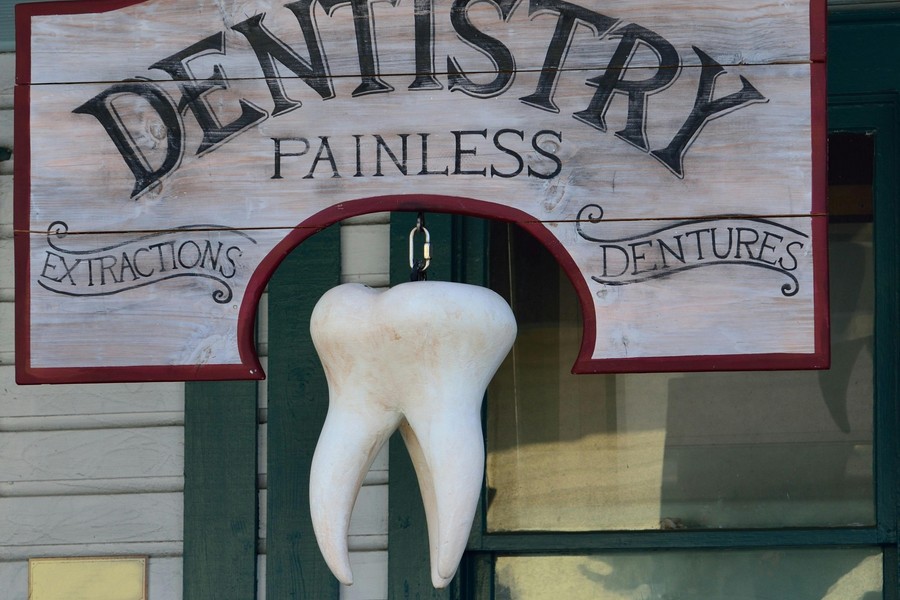From reducing stress to lowering healthcare costs, wellness and medical tourism are reshaping how doctors and insurers think about treatment.
By Andrew J. Wood
Could the future of healthcare involve a boarding pass as well as a prescription pad? Across the world, a quiet revolution is brewing as doctors, insurers, and tourism authorities begin to see outdoor tourism not only as leisure, but as medicine. The notion is simple yet profound: travel, particularly wellness-oriented travel, can support mental health, lower blood pressure, and improve longevity.

From City Clinic to Nature’s Healing Countryside
The medical fraternity is increasingly aware of the therapeutic benefits of outdoor activity. Studies show that time spent in nature reduces stress, elevates mood, and encourages physical activity. Something as basic as increasing one’s daily step count by exploring new destinations can strengthen the heart and reduce risk of chronic disease. For patients struggling with mental health, anxiety, or hypertension, travel is proving to be more than a holiday indulgence. It is a tool of prevention and recovery.
Countries such as the UK and New Zealand are leading the way. The UK’s National Health Service has piloted “green prescriptions” that encourage patients to walk in parks or participate in guided outdoor activities. New Zealand has gone further, actively integrating nature prescriptions into its national healthcare strategy, with doctors issuing formal recommendations for hiking, cycling, and coastal walks.

The Economics of Prescribing Travel
At first glance, paying for a patient to go on holiday might seem extravagant. Yet insurers are beginning to ask whether such approaches could, in the long term, save money. The rationale is clear. If doctors can prevent costly hospitalisations for stress-related illnesses or cardiovascular conditions by encouraging active holidays, then the economics turn in favour of travel as medicine.
Health insurers traditionally focus on reducing claims and costs. Supporting wellness tourism fits neatly into that mission. For forward-thinking companies, covering part of the cost of a medically-advised trip could be less expensive than long-term pharmaceutical prescriptions or recurring hospital visits. Spending less money while improving outcomes is the holy grail of healthcare finance.

Why Your Doctor Might Send You to Thailand Instead of the Pharmacy
Thailand is increasingly positioned as the world’s favourite medical tourism hub, not only for hospital procedures but also for wellness journeys that improve daily health. Doctors may recommend active travel as an alternative to medication because time spent in Thailand’s tropical climate, with spa treatments, yoga retreats, and daily exercise, can lower blood pressure and ease stress more naturally than a pill bottle.
Instead of refilling prescriptions, patients could be encouraged to spend two weeks at a wellness retreat in Hua Hin, a meditation centre in Chiang Mai, or on a beach walk in Phuket. For many conditions — particularly hypertension, anxiety, and mild depression — such programmes can achieve measurable health benefits. What was once seen as indulgence is now being recognised by medics as a legitimate and cost-effective form of therapy.

Insurance and Medical Tourism: Following the Money
Insurance companies are also beginning to authorise treatment abroad, especially when major procedures can be done at a fraction of the cost in Asia. The United States remains the most expensive country for healthcare. By comparison:
• USA: Heart bypass $120,000 | Hip replacement $40,000+ | Dental implant $3,500
• Thailand: Heart bypass $15,000 | Hip replacement $12,000 | Dental implant $1,000
• India: Heart bypass $7,500 | Hip replacement $8,000 | Dental implant $900
• Mexico: Heart bypass $25,000 | Hip replacement $12,000 | Dental implant $1,500
• Turkey: Heart bypass $20,000 | Hip replacement $10,000 | Dental implant $1,200
Such stark differences explain why US and European insurers are increasingly willing to cover patients who opt for accredited hospitals overseas. Thailand, India, and Mexico have all reported growth in partnerships with foreign insurers, who recognise that authorising a $15,000 heart bypass in Bangkok is more cost-effective than paying over $100,000 in Boston.

Top Countries for Medical and Wellness Tourism
According to recent surveys, the top five destinations for medical tourism are Thailand, India, Mexico, Turkey, and Singapore. Thailand stands out as a favoured destination. Renowned for its excellent hospitals, English-speaking doctors, and lower costs, Thailand attracts more than 3 million medical tourists annually. Beyond procedures, the country’s wellness resorts in Hua Hin, Phuket, and Chiang Mai combine spa treatments, fitness programmes, and traditional Thai therapies with sun-drenched beaches and cultural immersion.
Medical tourism authorities, especially in Thailand, are now aligning their marketing campaigns with wellness and longevity. The Tourism Authority of Thailand has emphasised medical and wellness travel as a core pillar of its 2026 “Value Over Volume” strategy, positioning the country as the ultimate place to heal body and mind.

The Future: Travel as Prescription
The evidence is mounting. Wellness and longevity are trending, supported by medical research showing improved recovery times, reduced stress markers, and healthier lifestyles after immersive travel. Tourism authorities are beginning to promote these benefits alongside their beaches and temples. And for doctors, the idea of prescribing travel is moving from radical to reasonable.
If insurers see the same potential for long-term savings, tomorrow’s prescription may read: “Two weeks in Thailand, daily meditation, and at least 10,000 steps a day.”


